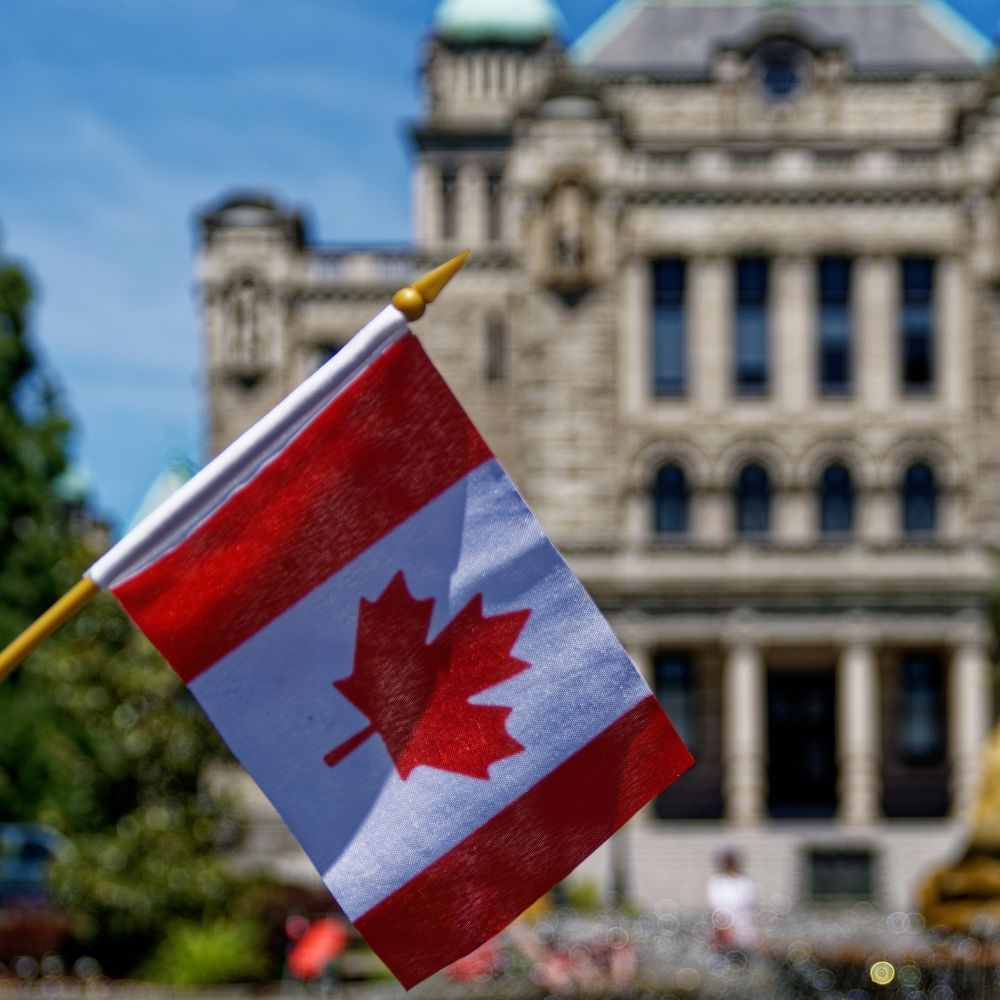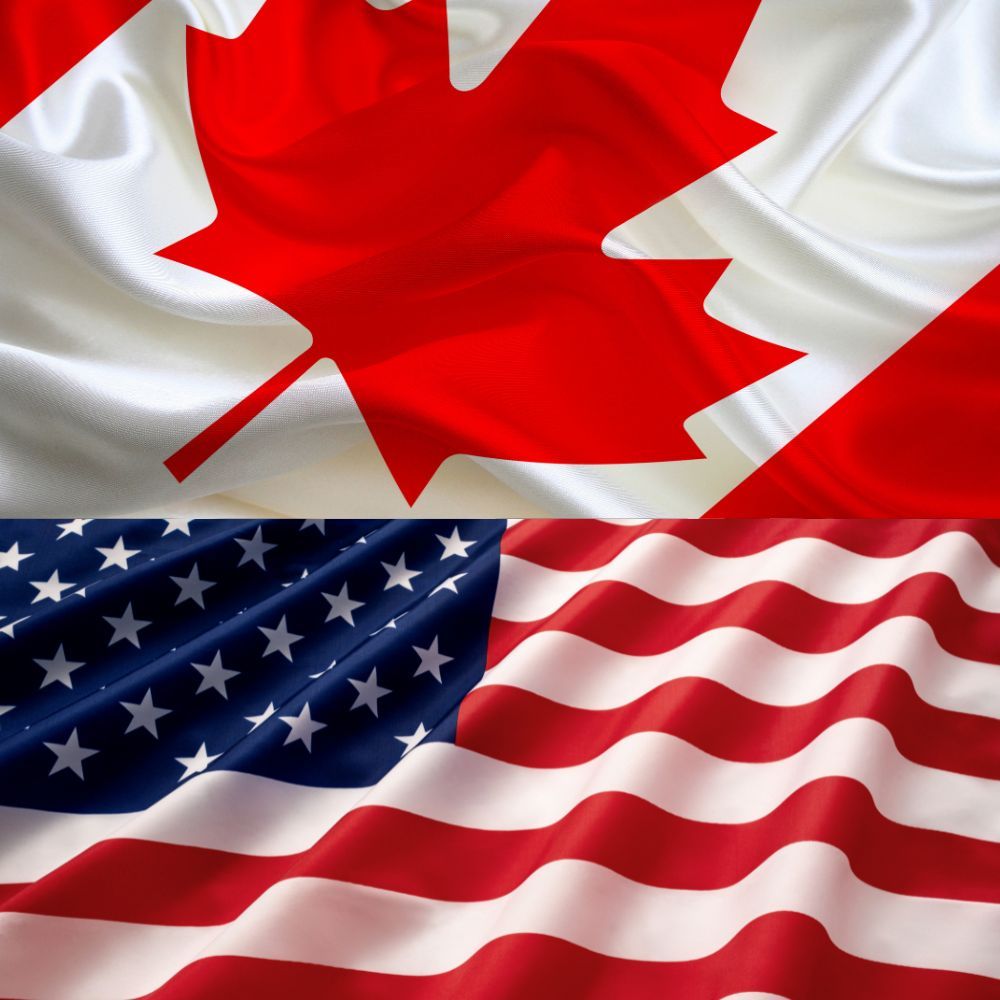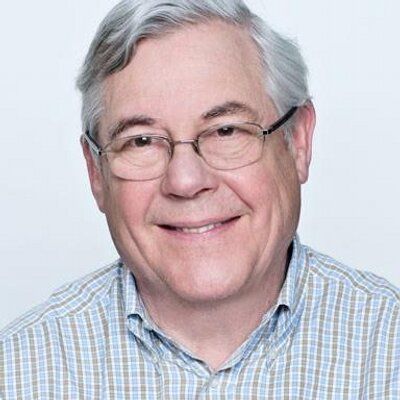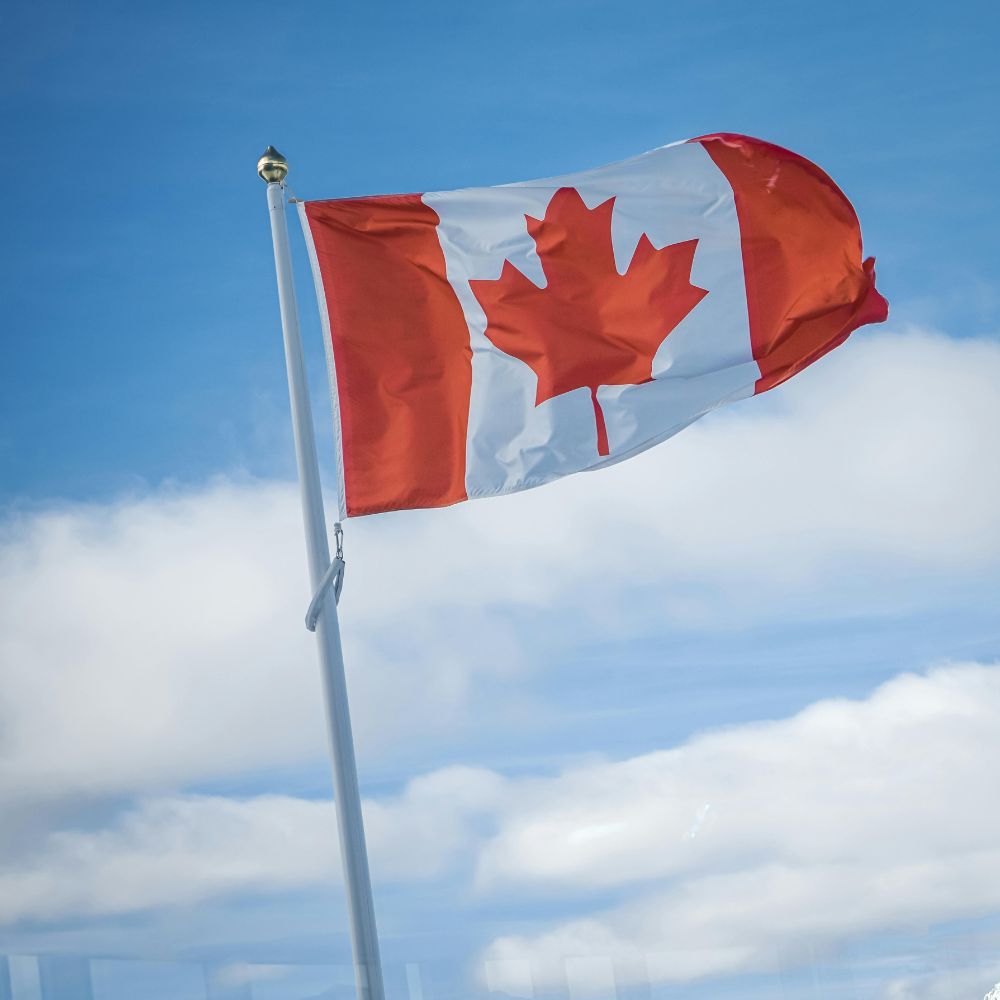Fighting Trump’s Alternate Reality
The last weeks have shown that there are a few leaders who can stand up to Trump’s destructive world views. One leader with huge international clout and the other who is important to the survival of Canada. There is also a rejuvenated Cabinet in Ottawa that will hopefully lead the defense and rebuilding of Canada.
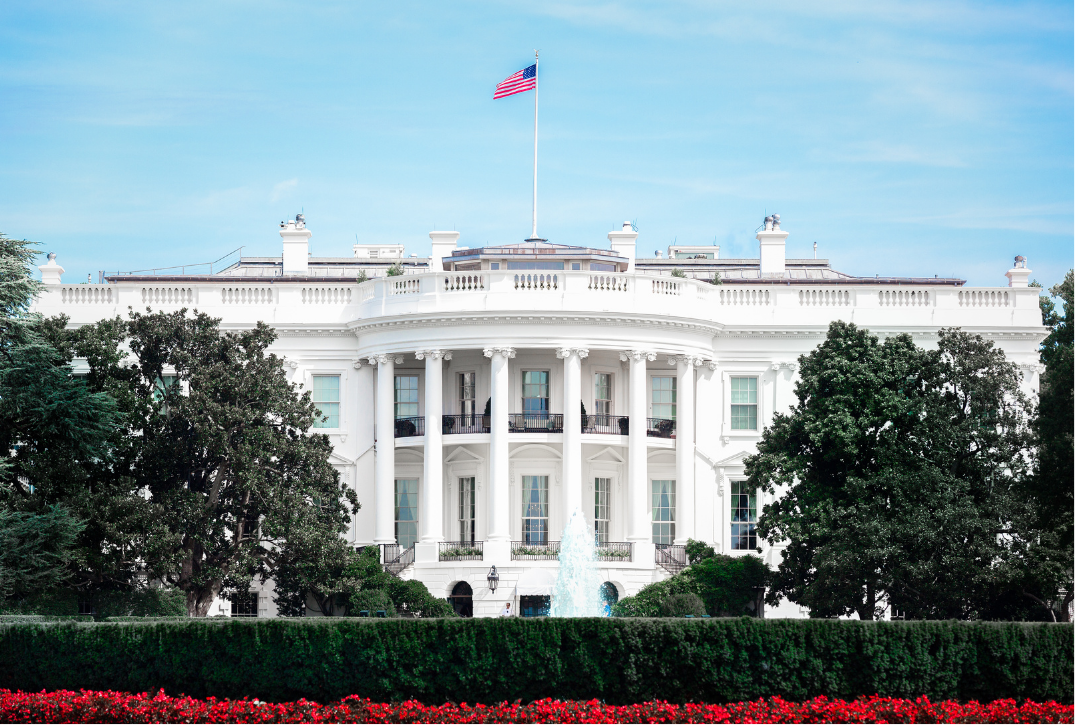
The new Pope Leo with his words of inclusion and love starkly contrast with Trump’s message of exclusion and revenge. Michael Higgins, a Toronto Catholic theologian put it this way in the Globe: “By choosing an American with international exposure, a refined social justice sensitivity, the priorities of Francis regarding…inequality, global migration and the evils of ethno- nationalism, the cardinals have set up on the Tiber an antidote to the insularity and intolerance on the Potomac.” The President is anxious to meet him, but he has been critical of Trump’s deportation policies and is unlikely to moderate his criticisms in such a meeting.
Important to our survival as a sovereign nation is having a leader who can not only stand up to Trump but gain his respect. This occurred to almost universal praise from all sides in the first meeting of Prime Minister Carney with the President on May 6, 2025. A question about Canada becoming the 51st state in a Carney’s first White House meeting prompted a lengthy Trump answer underling how better Canada would be as a state and his usual musings on the “artificial” Canada/US border. Carney listened patiently then delivered his well-rehearsed repost: “If I may," Carney said, "as you know from real estate, there are some places that are never for sale.”
"That's true," Trump said, seemingly charmed by Carney's appeal to his previous career. Carney continued: "And having met with the owners of Canada over the course of the campaign, the last several months, it's not for sale, won't be for sale ever." Trump replied, “Never say never”. Amid the noisy cacophony of questions that followed, you could see Carney say “never” five times. This has become the most quoted exchange from the meeting by far. A brilliant foray from a very well-prepared Carney. He had the words to flatter and yet be very firm.
Trudeau had much earlier warned to take Trump’s 51st state musings seriously saying Trump wanted “to see a total collapse of the Canadian economy, because that’ll make it easier to annex us.” These warnings were repeated often by Carney in the election campaign.
Trump’s expansionist dreams which include “strategic” Greenland were described in the New York Times by eminent columnist David French: “In foreign policy, his actions appear…to be a revival of Manifest Destiny, the belief that God had destined the United States to spread across the continental United States and the rest of North America, and the Monroe Doctrine, a declaration to the European powers that the United States was the dominant power in the Western Hemisphere.”
Later in the Oval office circus, Trump repeated his catalogue of objections to an independent Canada he made at length a few days before the meeting: “Canada only works as a state. We don’t need anything they have. As a state, it would be one of the great states anywhere. This would be the most incredible country, visually. If you look at a map, they drew an artificial line right through it, between Canada and the U.S. Just a straight, artificial line. Somebody did it a long time ago, many many decades ago. Makes no sense. It’s so perfect as a great and cherished state.""But why should we subsidize another country for $200 billion?" Trump continued, adding, "And again, we don’t need their lumber, we don’t need their energy. We have more than they do. We don’t need anything. We don’t need their cars. I’d much rather make cars here. And there’s not a thing that we need. Now, there will be a little disruption, but it won’t be very long. But they need us. We really don’t need them. And we have to do this. I’m sorry." This is his credo on us. And it’s etched in his mind. Carney had to repeat in the private part of the meeting that it would never happen. Yet the private meeting was “constructive”, and there is no doubt that Trump respects Carney even if his basic views on us gave not changed.
Carney’s detailed plan to build up our economy relatively free of reliance on the US market is now a challenging alternative should negotiations to end tariffs fail. It could be the only way we can prosper given Trump’s entrenched view that we shouldn’t even exist as an independent nation. There will be more meetings, but we must be prepared for them to fail. In this critical match we must build our own strength to take on the world superpower. And hope Trump’s exaggerated ambitions are throttled by domestic backlash.
This is how Carney predicted facing the dying Canada-US relation in his acceptance speech at the Convention that made him PM:
“When I sit down with Donald Trump, it will be with the full knowledge that we have many many other options than the US to build prosperity for Canada.” He said that negotiations would be based on strength and the use of “overwhelming force”, a strategy he had used in other crisis situations.
We saw a flash of this toughness in the last meeting. But if the next one hits a wall, we can expect him to take a more aggressive strategy as he indicated in that speech. We have the cards in energy and a determination to make it on our own. I think we’ll start to see them being played soon.
The success of this strategy is now in the hands of a new cabinet with 14 old faces and 13 new. In Canada US relations, veteran Dominic Leblanc who has deep contacts in the White House since attending the original Mar del Lago dinner, is now in charge of the whole file and internal trade. Carney is determined to make Canada one economy not 13 and LeBlanc will a key role in that too. Melanie Jolie, also a White House vet, is off to Industry, replaced at Foreign Affairs by a novice in the file, the smart and reliable Anita Anand. New faces like Gary Anandasangaree as Minister of Public Safety responsible for the border, Rebecca Chartrand, Minister for the Artic (which Trump has his eye on) have to get up to speed quickly. David McGuinty, a veteran of the White House is now in charge of the very demanding National Defense portfolio due for massive increases in spending.
For Plan B, the rebuilding of our economy into the “strongest economy in the G7” there is strength with ebullient Francois-Phillipe Champagne as Minister of Finance, Chrystia Freland at Transport and Internal Trade, Tim Hodgson a friend of Carney from Goldman Sachs and Finance at Energy, Jolie at Industry, and newcomers Lena Metlege Diab former Nova Scotia Minister of Immigration, Marjorie Michael, a Trudeau office veteran at Health and former Mayor of Vancouver Greg Robinson at Housing.
If Carney keeps his promise to “empower” and not over-control them - as was the problem with the Trudeau PMO - and run a true “Cabinet government,” this is the group that must execute the urgent program Carney envisions. It will depend on him and the way he inspires and motivates a real sense of teamwork in his grand plan to transform our economy.
Patrick Gossage Insider Political Views
